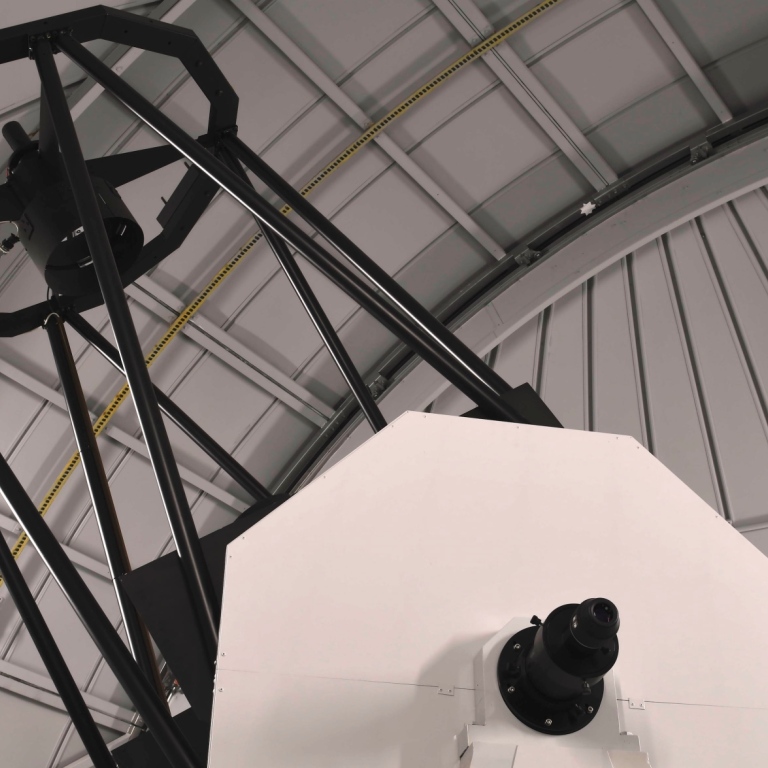On 1 July 1973, Stockholm's observatory was transferred from the Royal Academy of Sciences to Stockholm University and the Department of astronomy at Stockholm University was born. The names "Stockholms observatory" and "The Department of Astronomy" have since been synonymous.




